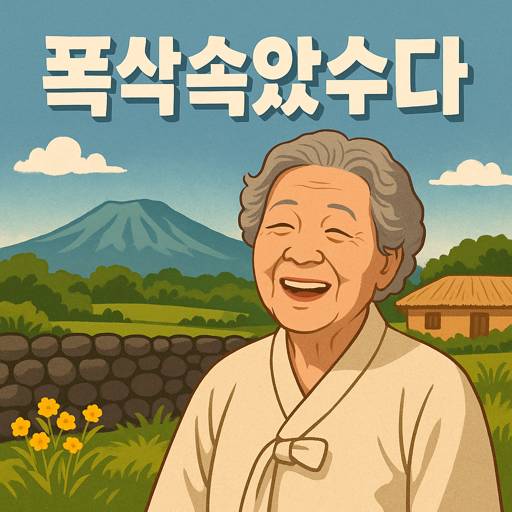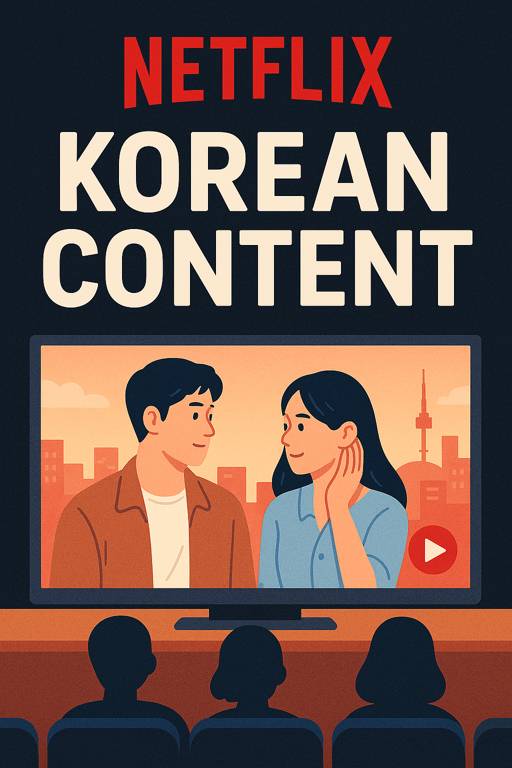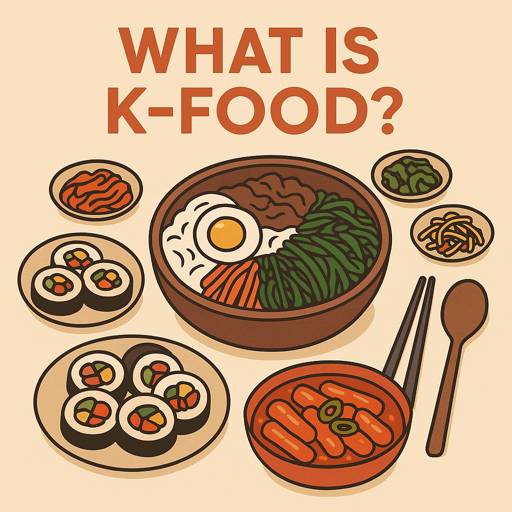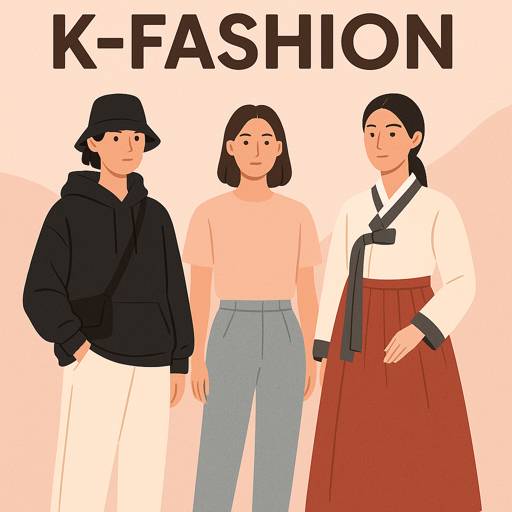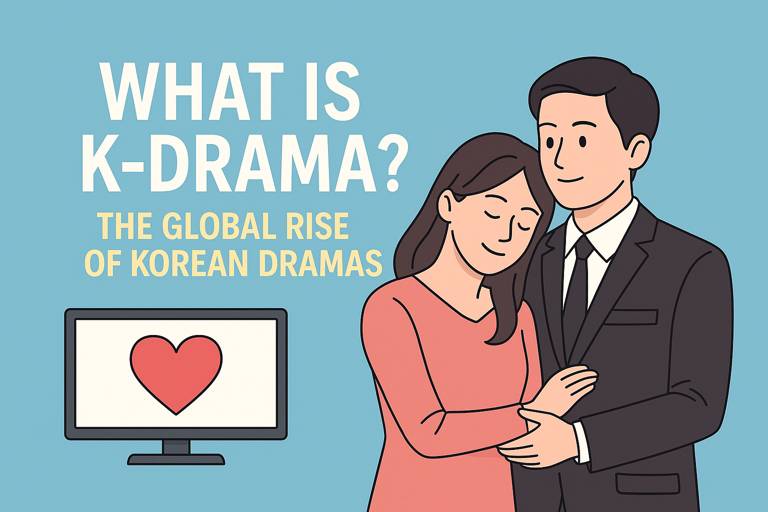Introduction: More Than a Medical Drama
Korean dramas are known for their emotional depth. Few series have resonated across such a wide audience as Hospital Playlist (슬기로운 의사생활). Director Shin Won-ho and writer Lee Woo-jung created this series. They are the same duo behind Reply 1988. This 2020–2021 drama series offered a refreshing, heartwarming look into the lives of five doctors. It blends medicine, music, and friendship into a story that feels both intimate and universal.
In a saturated genre of medical thrillers and romance-heavy dramas, Hospital Playlist stood out by embracing realism and humor. It also excelled in creating a slow-building emotional connection. Let’s explore why this series became a cultural phenomenon.
1. Plot Overview: Life, Death, and the Power of Friendship
The series is set in the fictional Yulje Medical Center. It follows five doctors. The doctors are Lee Ik-jun from General Surgery, Ahn Jeong-won from Pediatrics, and Kim Jun-wan from Cardiology. Yang Seok-hyeong is from Obstetrics, and Chae Song-hwa is from Neurosurgery. They have been best friends since medical school.
Each episode weaves together:
- Complex medical cases
- Lighthearted humor and slice-of-life moments
- Meaningful flashbacks and character growth
Rather than relying on dramatic twists, the show focuses on daily life in a hospital. It highlights the emotional burden of saving lives and the comforting power of music and friendship. Viewers are drawn into the characters’ worlds gradually, making the payoff deeply satisfying.
2. Character-Driven Storytelling
Unlike most dramas that focus heavily on plot, Hospital Playlist is character-centric. Each of the five leads is fully developed, with distinct personalities, flaws, and backstories.
- Ik-jun (Jo Jung-suk): A goofy yet brilliant surgeon and single father, loved for his witty one-liners and karaoke skills.
- Song-hwa (Jeon Mi-do): A neurosurgeon who is grounded, wise, and emotionally intelligent — often the “mom” of the group.
- Jun-wan (Jung Kyung-ho): A brusque but warm-hearted cardiologist who struggles with expressing emotion.
- Seok-hyeong (Kim Dae-myung): A socially awkward OB-GYN with deep empathy for his patients.
- Jeong-won (Yoo Yeon-seok): A pediatrician torn between his religious calling and his love for medicine.
Together, they form a band in their spare time — literally and emotionally. Music becomes a healing thread, offering moments of nostalgia and release for both characters and viewers.
3. Realism in Medicine and Emotion
The medical cases presented are grounded in reality — often inspired by true stories. The show avoids sensationalism in favor of:
- Ethical dilemmas (e.g., end-of-life care)
- Family-centered perspectives
- Emotional toll on doctors and patients alike
Medical professionals have praised the series for its accurate portrayal of hospital systems, team collaboration, and patient-doctor relationships.
4. Production Excellence
Director Shin Won-ho is known for his slow-paced yet powerful narrative style. In Hospital Playlist, he brings:
- Naturalistic dialogue
- Warm cinematography
- Deliberate pacing that reflects real life rather than manufactured suspense
The cast’s chemistry is undeniable, thanks to months of rehearsals and real-life bonding. Music is not just background; the cast performed the songs themselves, adding emotional authenticity to every performance scene.
5. Cultural and Global Impact
Upon airing, Hospital Playlist became a top-rated drama in South Korea, with its second season topping TV charts weekly. Internationally, it found a massive fanbase on Netflix, with viewers praising its:
- Relatable life lessons
- Balanced portrayal of male and female professionals
- Hopeful tone during the COVID-19 pandemic
Merchandise, OST albums, and fan content exploded across social media, showing its lasting cultural footprint.
Conclusion: A Drama About Ordinary Lives with Extraordinary Warmth
Hospital Playlist is not a drama that seeks to shock or thrill — it seeks to heal. In a fast-paced world, it reminds us of the importance of shared meals. It highlights the value of old friends and good music. The series emphasizes showing up for people, even in the smallest ways.
Whether you’re a K-drama beginner or a seasoned fan, Hospital Playlist is a must-watch. It provides a gentle, soulful reminder of what it means to live well. It also highlights the importance of loving deeply.



